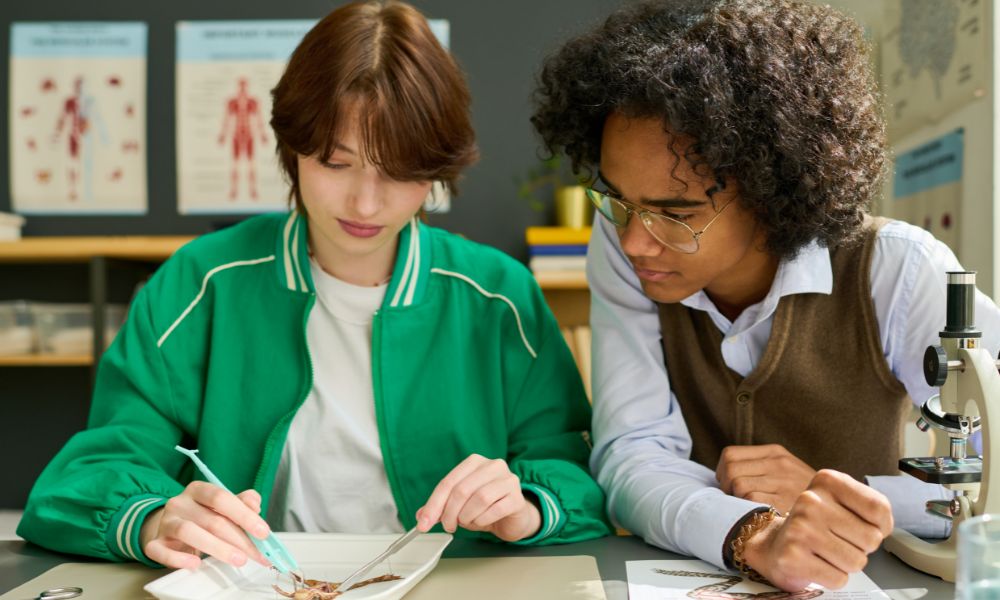
In biology education, hands-on dissections play a crucial role in enhancing students’ understanding of anatomy and physiology. This teaching approach provides a tangible dimension in exploring the complexity of living organisms. To ensure that students carry out dissections safely and efficiently, educational institutions must carefully consider the essential equipment school biology labs need for these lessons. Keep reading to understand the various types of equipment required and their specific functions, followed by a summary of guidelines for ensuring a safe, successful learning environment.
Handheld Dissection Equipment
Handheld dissection equipment such as scissors, scalpels, and forceps are indispensable for performing detailed anatomical explorations. Scissors are versatile instruments that can cut through various types of tissue without causing excessive damage. Scalpels are sharp cutting tools designed for precise incisions, allowing navigation of intricate pathways through delicate structures. When introducing laboratory forceps, explain how they act as extensions of the dissectors’ fingers, allowing them to grasp and manipulate tissue with greater control.
Dissection Sets and Trays
Dissection sets and trays are equally vital components of the dissection process. These sets typically consist of handheld equipment, conveniently arranged in a sterile, easy-to-access case. High-quality dissection sets are durable, easy to clean, and corrosion-resistant, ensuring long-lasting use in a laboratory setting. Trays, however, serve as platforms for the specimens during dissection and protect the working surface from contamination. They should be chemically resistant and equipped with raised edges to prevent spillage.
Personal Protective Equipment
Personal protective equipment (PPE) is equally important for students to learn about. This equipment safeguards students and instructors from potential hazards. Typical PPE for dissections includes lab coats, goggles, gloves, and aprons—all of which work together to minimize the risk of exposure to chemicals, sharp instruments, and biological materials. Lab coats and aprons protect the body from spills and splashes, while goggles shield the eyes from harmful substances or projectile debris. Gloves ensure a secure grip on equipment and provide a barrier between the user’s skin and the specimen, thus helping to maintain both safety and hygiene.
Acquiring proper equipment school biology labs need for dissections is vital for fostering a secure and engaging hands-on learning experience. By investing in quality tools and adhering to safety protocols, schools can provide students with invaluable opportunities to explore the fascinating world of biology in an interactive, rewarding manner.
